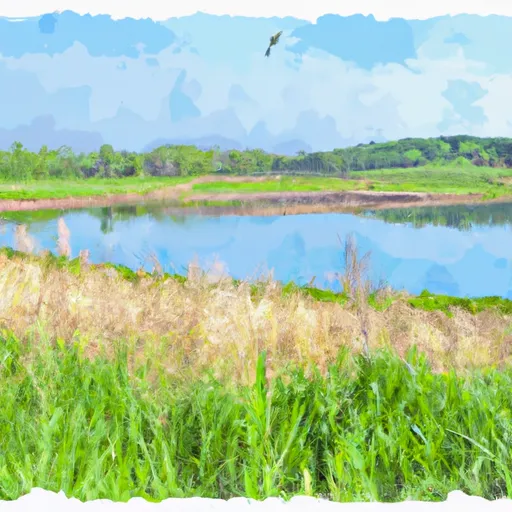°F
°F
mph
Windspeed
%
Humidity











Irvington, Alabama is a small town located in southwestern Mobile County. The climate in Irvington, like much of the Gulf Coast, is characterized as a humid subtropical climate, with hot and humid summers and mild winters. Average high temperatures range from the 70s in winter to the 90s in summer, with occasional extreme temperatures. Precipitation is evenly distributed throughout the year, with an average of 65 inches annually.
The hydrology constituents in Irvington are influenced by the nearby Mobile Bay and its surrounding watershed. The Mobile Bay estuary is an important ecosystem, supporting diverse marine life and waterfowl. The watershed includes various rivers and tributaries, contributing to the hydrological cycle of the region.
For outdoor recreation enthusiasts, Irvington offers several opportunities. The nearby Mobile-Tensaw Delta is a popular spot for boating, fishing, and kayaking, providing access to scenic waterways and abundant wildlife. Additionally, Bellingrath Gardens and Home, located a short distance away, offers beautiful gardens and walking trails. Other potential outdoor activities include hiking, birdwatching, and camping in the surrounding natural areas and state parks.
Overall, Irvington, Alabama provides a pleasant climate, diverse hydrology constituents, and ample outdoor recreation opportunities for nature enthusiasts to explore and enjoy.
Weather Forecast
Irvington receives approximately 1688mm of rain per year, with humidity levels near 87% and air temperatures averaging around 19°C. Irvington has a plant hardyness factor of 8, meaning plants and agriculture in this region tend to thrive here all year round.
Regional Streamflow Levels
773
Cubic Feet Per Second
4,700
Cubic Feet Per Second
657
Cubic Feet Per Second
19
Cubic Feet Per Second
Nearby Camping
| Camping Area | Reservations | Toilets | Showers |
|---|---|---|---|
| Bladon Springs State Park | |||
| Citronelle Lakeview RV Park | |||
| Service | |||
| Old Lock 1 - Coffeeville Lake | |||
| St. Stephens Historical Park | |||
| Chickasabogue Park |



